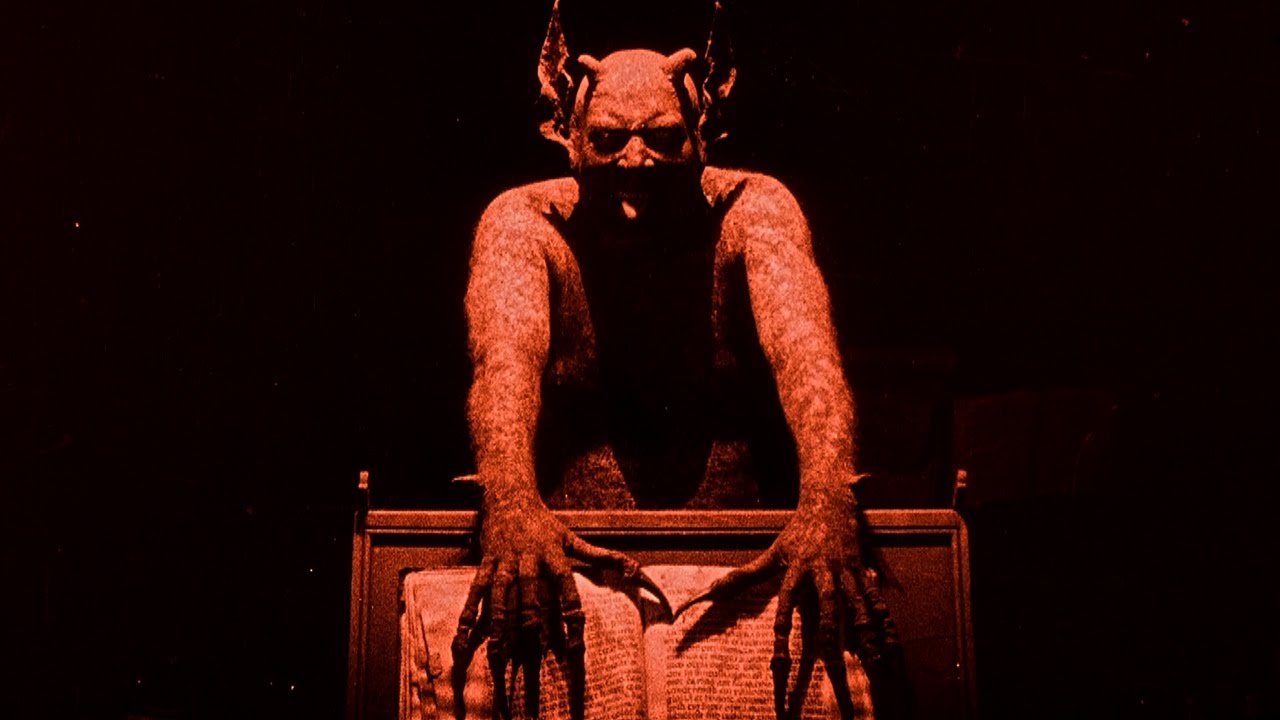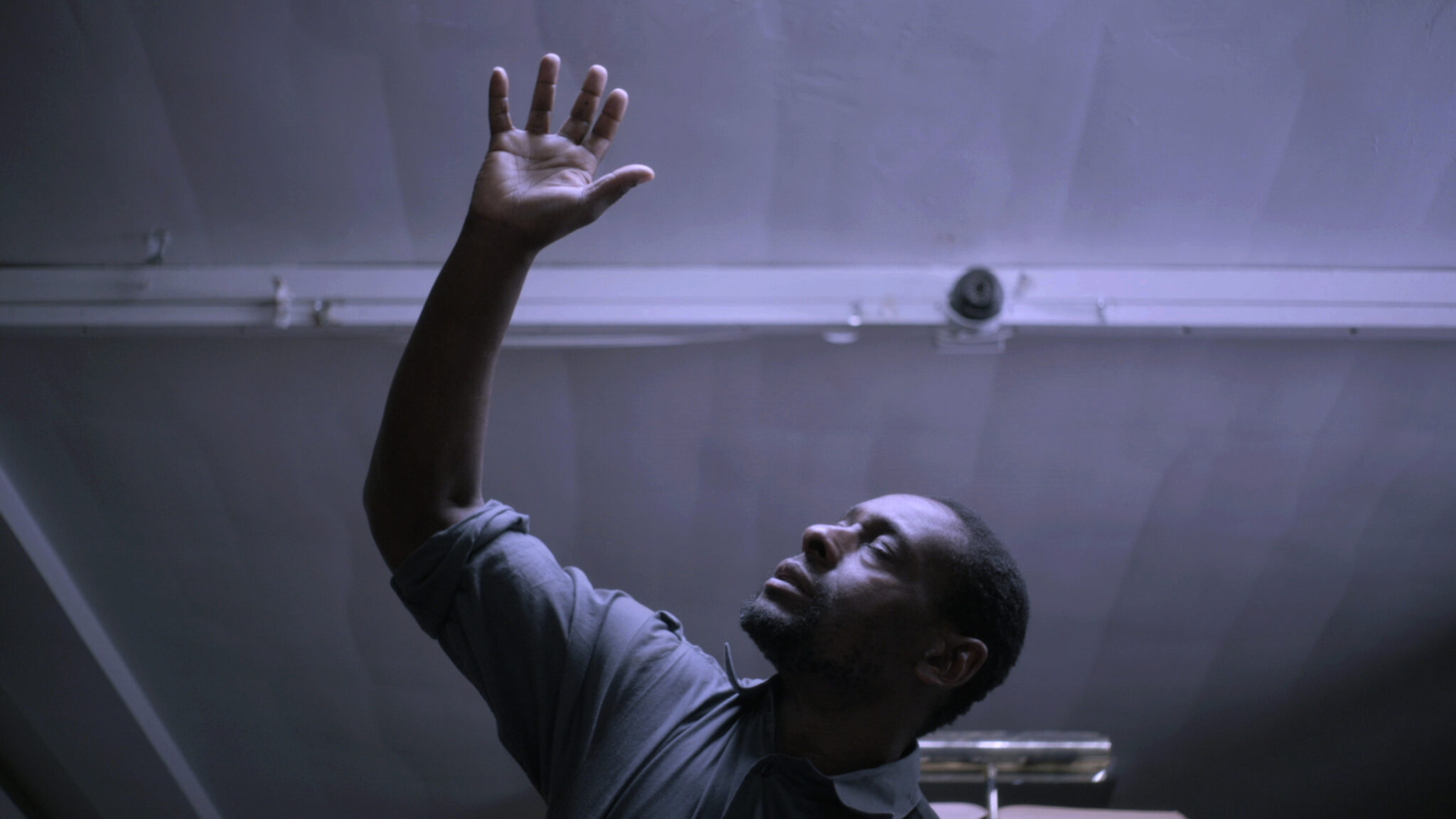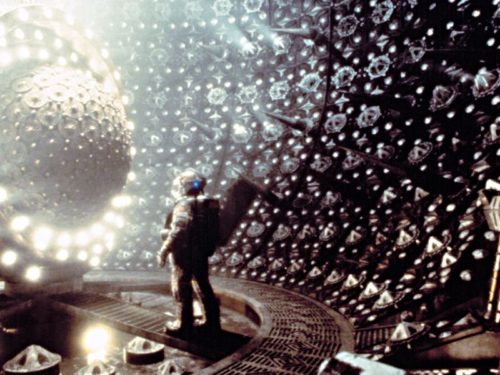Other directors have played God on and off screen, but no one has more thrillingly played the part of the Devil than Häxan’s writer-director-star Benjamin Christensen
Auteur theory effectively posits the worthwhile director as God, a force exerting artistic and thematic control even when studio interference or lack of resources demands them to work in mysterious ways. Whether or not the auteur continually rewards faith, they unfailingly inspire it. Disciples return to each new work with the hope of divining some higher meaning, undaunted (and sometimes fueled) by diminishing returns. Skeptics dismiss auteurism as false (or at least misguided) idolatry. Writing for Film Quarterly in 1963, Pauline Kael suggested that embracing auteurism is not unlike drinking water and telling yourself it’s wine. It’s a theory, she wrote, “based on mystical insight.” The auteurist is not divining any deeper meaning, only drawing arbitrary connections in order to validate their blind faith. In many instances, this behavior is akin to flagellation. As Kael puts it, “often the works auteur critics call masterpieces are ones that seem to reveal the contempt of their director for the audience.” The so-called auteur, from Kael’s perspective, is at least a thoughtless if not an utterly vengeful God.
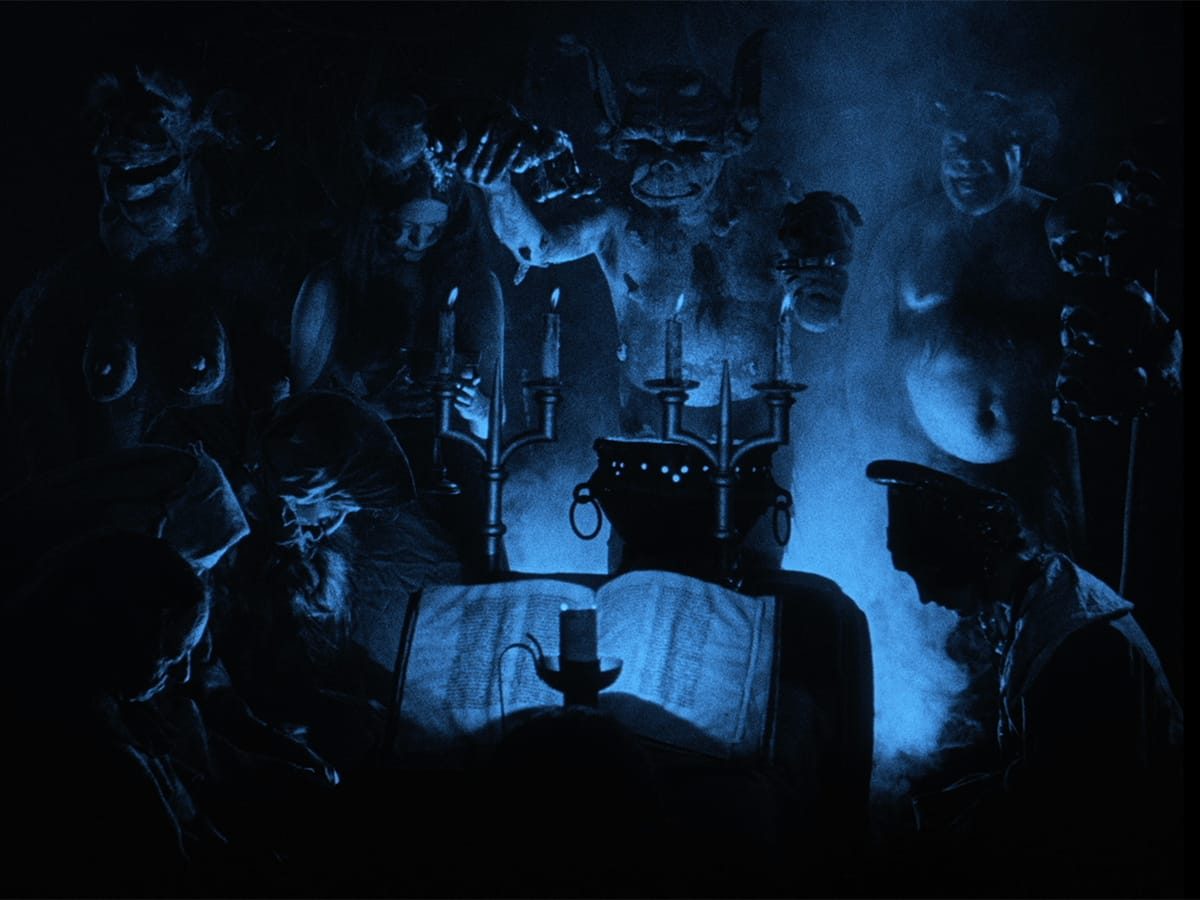
Kael’s primary target in “Circles and Squares” was Andrew Sarris, a rival and the critic most often credited with importing auteurism from France. There’s certainly something of the devotee in Sarris’ approach. His seminal The American Cinema: Directors and Directions 1929-1968 divides several generations of filmmakers into eleven categories, comprising Gods, minor deities, and mere mortals. Despite its relative youth, Sarris wrote, “[American cinema] is already old enough to claim not only its own history but its own archaeology as well.” That archaeology places the Pantheon (Buster Keaton, Charlie Chaplin, and 12 other giants) atop a series of stratum ranging from The Far Side of Paradise (Frank Borzage, Frank Capra, Nicholas Ray, and more) to Miscellany (Victor Fleming, Stanley Kramer, and other journeymen). It’s not unlike the heavens as conceived by medieval theologians and described by Benjamin Christensen in his masterful, prescient film Häxan (1922).
A witch’s brew of a film, Häxan blends fact and fiction, reenactment and revisionism, history and hallucination into a pioneering work that has retained its ability to shock. Christensen looms over Häxan. His face glares in the film’s first frames and his “voice” soon joins to walk us through its seven chapters. Even before his intertitles begins, Christensen asserts his authorship, his dominion over what we’re about to see. The first card reads, “Benjamin Christensen wrote and produced this film between the years 1919 and 1921.” From there, the addresses come to us in the first person. Christensen acknowledges his cinematographer and art director, but it’s clear we’ve entered a world of his creation. Exploring “the mysterious chapter of the witch,” Christensen first describes the world, as understood by ancient and medieval civilizations. Like a droll schoolmaster, he points out the details of dioramas as a way of mooring us in a world where witches and devils were as real as anyone else. “The belief in evil spirits, sorcery, and witchcraft,” he says, “is the result of naive notions about the mystery of the universe.” He proceeds to show us exactly what such a universe looked like to those naive individuals. First, it’s the world as perceived by the ancient Egyptians, with high mountains surrounding the oceans and a sky supported by pillars. Then, it’s the world of other ancient populations who broke the universe into a number of terraces. Finally, it’s the world imagined by medieval individuals. A world where, “above it all in the tenth crystal sphere sits The Almighty.” Though he “keeps the spheres revolving,” The Almighty doesn’t do much else within the world of Häxan. The Devil, however, “is everywhere and takes all shapes.”
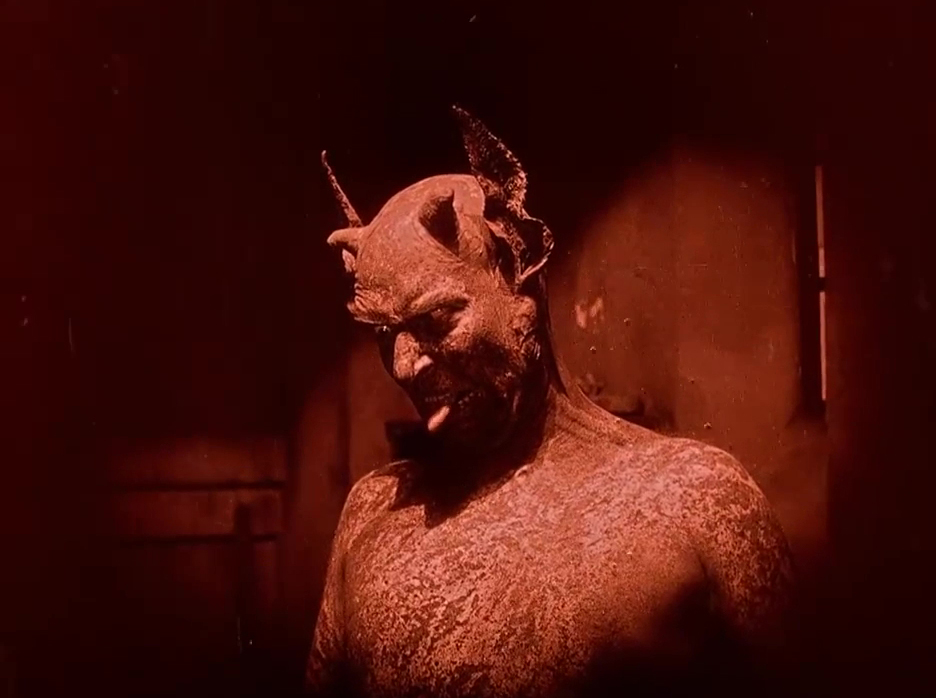
The whole first section of Häxan sees Christensen establish his terms and describe the film’s mission. He makes it abundantly clear just how much research has gone into the production and points to the artistic tradition he’s inheriting. Häxan isn’t meant to call to mind the prints and paintings you might find in dusty books. Rather, it’s a feature-length version of the “strange, old mechanical representation of Hell” that Christensen came across during the preparations for Häxan. Showing off the artifact (and shooting it through a cloud of evocative smoke), Christensen asks us to “observe the eagerness” with which the denizens of Hell go about their work. We observe that eagerness throughout the rest of the film, often with Christensen himself providing form and flicking tongue to the Devil. While God sits atop his crystal sphere, the Devil “shows himself as a nightmare, a raging demon, a seducer, a lover, and a knight.” Throughout Häxan’s six remaining sections, we’re made to understand that the Devil consistently finds work.
Related: 15 Essential Films About Witchcraft Through The Decades by Logan Ann Taylor
“Get thee behind me Satan,” a character shouts late in Häxan. Christensen’s Devil actually appears behind her, administers a smack, and reminds the character and viewer alike who’s really in charge. God is remarkably silent throughout both the hedonism and torture of Häxan’s seven richly detailed sections. He arguably finds a mouthpiece in the dry, academic narrator, but that’s nothing compared to what the Devil does before our very eyes. As director, Christensen blurs the lines between fact and fiction, hallucination and history. On screen, he not only blurs those lines but rubs our own confusion in our faces. The audience becomes like both the accused and the inquisitors, unsure of when to believe our eyes or where to draw the distinction between faith and blasphemy.
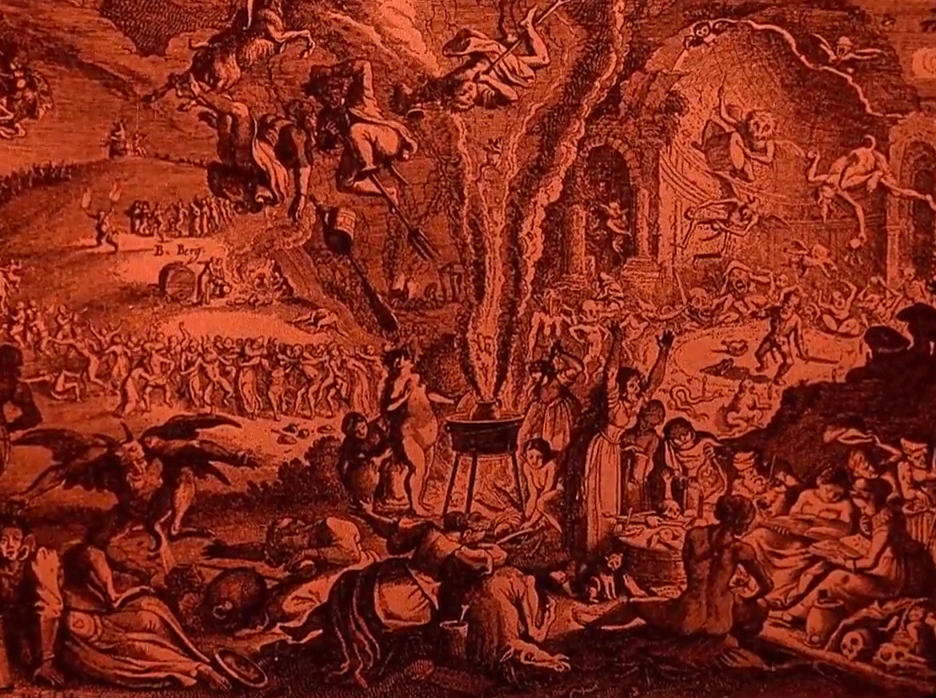
These days, there are relatively few high-profile auteurs. Auteurism as such has effectively ceased to exist. In Christensen’s words, “Centuries have passed and The Almighty no longer sits in his tenth sphere.” Actors-turned-directors, however, still retain an enviable degree of influence. The beret and jodhpurs confer entry into a new, higher sphere, the Pantheon of Keaton and Chaplin. The role of director validates the actor’s every pretension and, for many, provides an opportunity to affirm (or, more often, reaffirm) for the entire world just how hot and multi-talented they are.
“Ahead of its time” doesn’t quite do Häxan justice. The essay film, the mockumentary, and the horror film itself all owe something to Christensen and his several years of inquiry into witchcraft and hysteria. Though it predates auteurism (neither Francois Truffaut nor Andrew Sarris were alive yet), Häxan’s exploration of dogmatic thinking predicts many of the shortcomings that Kael would outline decades later. What is the Church if not a closed-minded boy’s club, like the strict auteurists that Kael so derides? With off-screen lectures and a litany of on-screen antics, Christensen reminds the viewer that watching a great film will mean dancing with the Devil at least as often as it means walking with God. Even in 1922, Christensen seems to acknowledge that the former is probably a much better time.
Find more October Horror 2020 here:
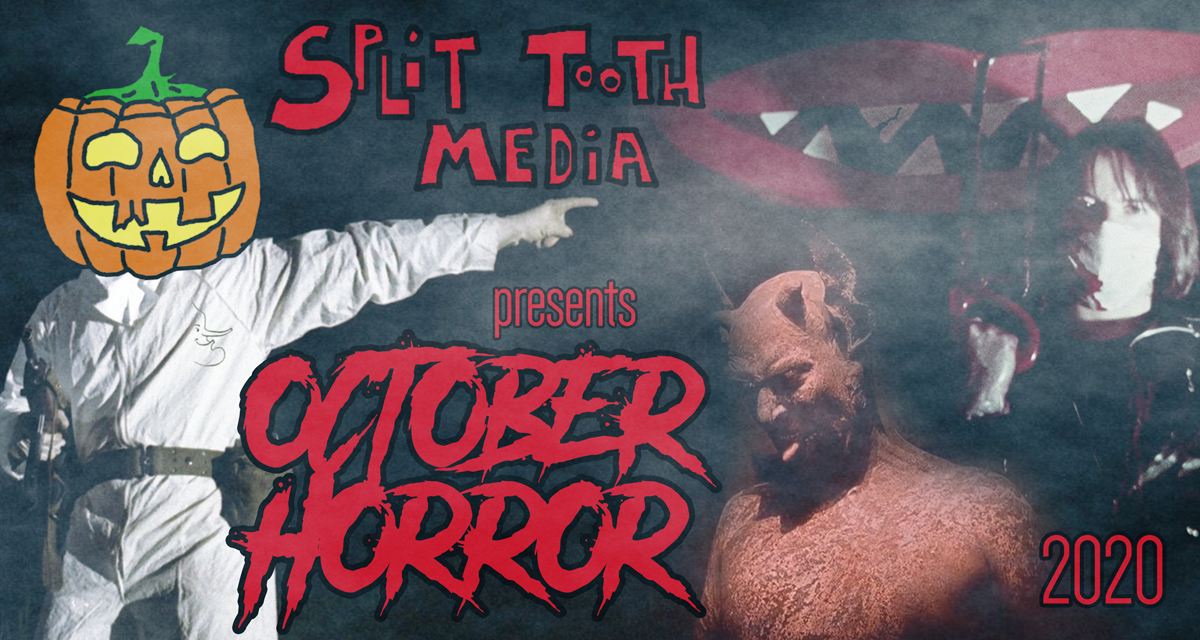
Follow Split Tooth Media to stay up to date with all things October Horror
(Split Tooth may earn a commission from purchases made through affiliate links on our site.)

